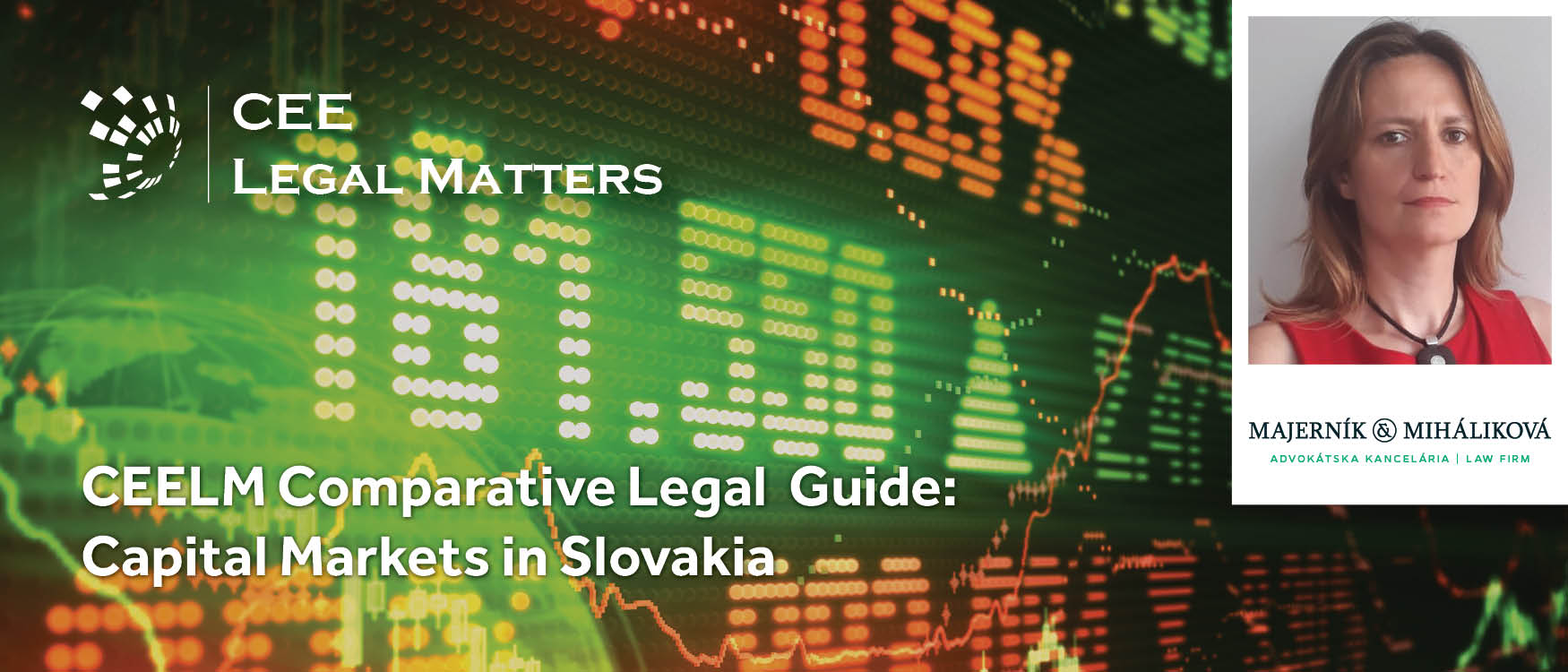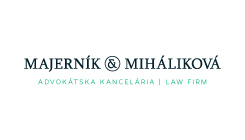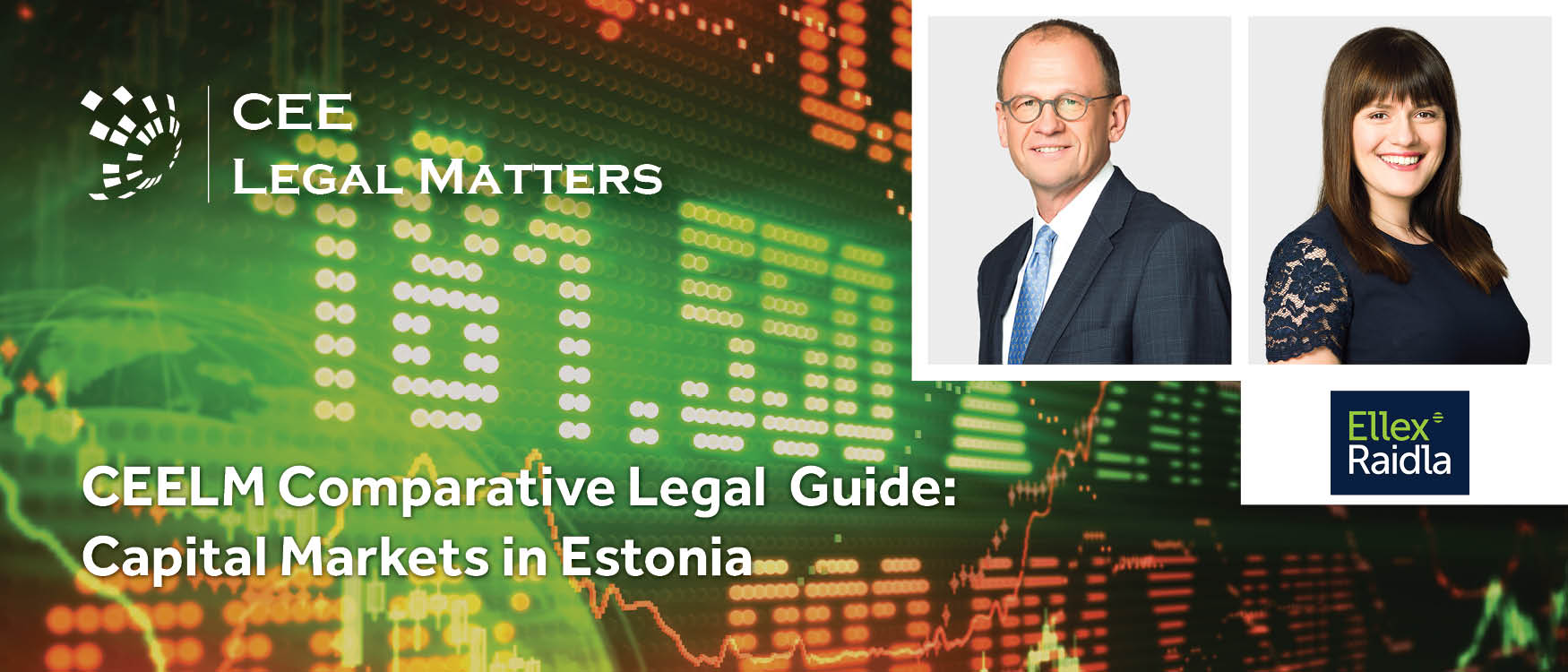Contributed by Majernik & Mihalikova.
1. Market Overview
1.1. Biggest ECM and DCM transactions over the past 2-3 years
Over the last several years, the Slovak regulated market has been at the lowest levels within the EU from the viewpoint of liquidity, depth, volumes and market capitalisation, and has ranked among extremely illiquid markets.
From a perspective of achieved financial volume, the year 2019’s most prominent share issues on the market of listed securities were Tatry Mountain Resorts (EUR 3.115 million; 653 transactions), Všeobecná úverová banka (EUR 2.219 million; 509 transactions) and Slovnaft (EUR 1.607 million; 336 transactions).
Among the issues of debt securities of the private sector, the most noticeable were issues JTEF IX 2026 (EUR 30.63 million; 153 transactions), Dlh. JTEF VII 2025 (EUR 21.464 million; 96 transactions) and EMG 5,25/2022 (EUR 16.47 million; 185 transactions).
2. Overview of the local stock exchange and listing segments (markets)
2.1. Regulated market
At present, the Bratislava Stock Exchange, a.s. is the sole operator of a regulated market of securities in the Slovak Republic.
2.2. Non-regulated market
The Bratislava Stock Exchange also operates a multilateral trading facility (MTF) under its rules of the multilateral trading facility for the purpose of joining or enabling to join business interests of several third parties to buy and sell securities within the system and in compliance with fixed rules; this results in conclusion of securities transaction on the MTF.
3. Key Listing Requirements
3.1. ECM
Shares can be admitted to the listed market of the Bratislava Stock Exchange only if the shares and their issuer meet the requirements according to the Stock Exchange Act, separate regulations (e.g., Prospectus Regulation), and the Stock Exchange Rules for Shares Admission to the Listed Market.
The non-exhaustive list of key listing requirements includes the following requirements:
The shares can be listed on the stock exchange only if they are financial instruments pursuant to Slovak Act on Securities, are substitutable, their transferability is not limited, are book-entry securities (under certain circumstances can be also physical securities ) issued in conformity with the law of the country of their issue and their issuer meets the requirements under the laws of country of its registration for the issuance, the issue price of shares has been paid in full, the subscription of shares based on a public offering has been successfully completed, the issuer has been assigned a valid LEI code and the Prospectus has been approved and published. The shares can be admitted to the stock exchange main market only if the issuer has compiled and published the annual financial statements at least for three years immediately preceding the year in which the application is submitted; the shares representing at least 25% of the total nominal value of the shares, for which the application for admission is submitted, are distributed among the public; the minimum market capitalization of the issue is met (i.e., the minimum market capitalisation of the issue for the main market is EUR 15,000,000 and for the parallel market EUR 3,000,000) and in the last three years prior to the year in which the application for admission of share is submitted, the issuer has not entered into liquidation, its property has not been subject to bankruptcy proceeding or, respectively, restructuring has not been approved, or a bankruptcy petition has not been rejected due to insufficient property of the issuer.
3.2. DCM
The listing requirements for bonds are very similar to listing requirements for shares save for minor differences such as the total nominal value of the bond issue, which should be at least EUR 5,000,000 for the main market or EUR 1,000,000 for the parallel market.
Convertible bonds can be admitted to the listed market only if the issuer’s shares, for which the convertible bonds are to be exchanged, have already been admitted to the stock exchange’s listed market or if these shares will be admitted together with the convertible bonds.
Securities can be included into the MTF list only if they meet the listing requirements as shares and bonds above except for obligation to have the Prospectus approved and published.
4. Prospectus Disclosure
4.1. Regulatory regimes (Prospectus Regulation or similar) – equity and debt
In accordance with the Prospectus Regulation (EU) 2017/1129 (Prospectus Regulation), which lists requirements for drawing up, approval and distribution of the prospectus, an approved prospectus is required to be published when securities are offered to the public or admitted to trading on a regulated market in Slovakia save for applicable prospectus exemptions set up in the Prospectus Regulation. Further requirements as regards the format, content, scrutiny and approval of the prospectus are governed by the Regulation (EU) 2019/980, which supplements the Prospectus Regulation.
The leading pieces of Slovak legislation governing the securities offerings, including the regulation of the prospectus are the Act No. 566/2001 Coll. on securities and investment services and on amendments and supplements of certain laws as amended (the “Securities Act”) and the Act No. 429/2002 Coll. on the Stock Exchange as amended (the “Stock Exchange Act”).
The National Bank of Slovakia is the only competent authority for administration and execution of authorizations in relation to the prospectus.
4.2. Local market practice
Please see our answer above.
4.3. Language of the prospectus for local and international offerings
If the offer of securities to the public is made or admission to trading is sought only in Slovakia, the prospectus should be issued in Slovak language. Otherwise the prospectus should be issued either in a language accepted by the competent authorities of those Member States, where the offer of securities to the public or admission to trading is sought or in a language customary in the international finance environment.
5. Prospectus Approval Process
5.1. Competent Regulator
The National Bank of Slovakia (NBS) is the only competent authority for regulation and oversight over issuance of prospectus.
5.2. Timeline, number of draft submissions, review and approval process
The NBS approves the prospectuses of securities within the time limits specified in the Prospectus Regulation as follows:
(a) the prospectus, documents forming the prospectus (including Registration document or Universal registration document) within 10 working days of the submission of the draft prospectus for its approval; in case of a frequent issuer, the time limit for the prospectus consisting of separate documents is reduced to 5 working days;
(b) a supplement to the prospectus within 5 working days of the submission of the application for approval;
(c) a prospectus where the public offer involves securities issued by an issuer who has no securities admitted to trading on a regulated market and who has not yet publicly offered securities (first draft only) within 20 working days of the request for approval;
Due to the short deadlines for the prospectus approval and the large scope of the documents which should be approved by the NBS, the NBS prefers unofficial consultations over the preparation and content of the prospectus in the form of an unofficial prospectus assessment through email communication.
All drafts of a prospectus shall be submitted to the NBS in searchable electronic format via electronic means.
Approved prospectus shall be made available to the public by the issuer, the offeror or the person asking for admission to trade on a regulated market reasonably in advance, and at the latest at the beginning of, the offer to the public or the admission for trading of the securities involved.
6. Listing Process
6.1. Timeline, process with the stock exchange
Securities can be admitted to the listed market or the MTF based on a written application for admission with Bratislava Stock Exchange. The proceedings shall start on the day of the application delivery to the Bratislava Stock Exchange. An issuer of shares, or a Stock Exchange member authorised by the issuer can apply for admission of securities. The application for admission shall be, amongst other things, accompanied in particular by a valid prospectus, the regulatory authority’s decision approving the prospectus, a document proving that the approved prospectus has been made publicly accessible, the articles of association, the deed of association and the foundation agreement or the foundation charter of the issuer in valid and current wording, the issuer’s extract from the business register if the applicant is not the issuer and a decision of the competent body of the issuer on the issue of shares.
The application and certain enclosures such as the supervisory authority’s decision approving the prospectus, article of association, the issuer’s extract from the business register and the power of attorney should be submitted to the Bratislava Stock Exchange as originals or officially authenticated copies. Other enclosures can be submitted as simple copies that are to be verified by the Bratislava Stock Exchange upon seeing the original documents.
If the conditions for admission of securities are met, the Bratislava Stock Exchange shall decide on an application within 60 days from its submission or supplementation. The Bratislava Stock Exchange may prolong the decision-making period to six months from the submission or supplementation of the application, if the applicant has applied for admission of securities also on other listed markets in the EU Member States.
The application may be submitted in Slovak, Czech, or English. The enclosures are usually submitted in Slovak, Czech, or English. If an enclosure is made in a different language, the Bratislava Stock Exchange may decide that an officially authenticated translation into the Slovak, Czech, or English is submitted along with the particular enclosure.
7. Corporate Governance
7.1. Corporate governance code / rules (INED, board and supervisory composition, committees)
As of 1 January 2012 the Bratislava Stock Exchange decided to leave out from the Stock Exchange Rules the issuers’ obligation to accede solely to the Corporate Governance Code created by the Central European Corporate Governance Association and enable issuers to accede and abide to, any accepted Corporate Governance Code in compliance with the legislation in effect. Those issuers who acceded to the Corporate Governance Code for Slovakia can continue to follow it and new issuers are also allowed to sign up. The issuers, who decide to adhere to the Corporate Governance Code for Slovakia (the “Code”) are only obliged to prepare a statement according to the Code and for this purpose they can use the template called “Statement of Compliance with the Principles of the Corporate Governance Code for Slovakia”.
7.2. Any other ESG considerations
N/A
8. Documentation and Other Process Matters
8.1. Over-allotment (green-shoe or brown-shoe structure)
Issuers with financial instruments listed on a regulated market must comply with the rules set out in the EU-Market Abuse Regulation (MAR) and Delegated Regulation (EU) No. 2016/1052, which grant, under certain conditions, exemptions from the prohibitions of insider dealing and market manipulation for buy-back programmes and stabilisation measures. The MAR, in Art. 5, provides the conditions under which buy-back programmes and stabilisation may be carried out, without conflicting with the rules on prohibition of market manipulation. Part of these conditions are obligations to disclose the full details of the programme prior to the start of trading and to report transactions to the competent authorities. Regulation (EU) 2019/980 sets out the detailed information of any stabilisation, which issuers must disclose in prospectus. In case of both, buy-back programmes and stabilisation measures, each transaction shall be reported to the NBS no later than by the end of the seventh daily market session following the date of such transaction.
8.2. Stock lending agreement – whether it is used and whether there are any issues (tax, takeover directive)
The Securities Act recognizes the contract on the loan of securities, where the lender undertakes to transfer to the borrower a certain number of substitutable securities, and the borrower agrees to transfer to the creditor the same number of substitutable securities after the completion of an agreed period. The borrower also undertakes to pay a fee, if agreed. Instead of a monetary fee, it can be agreed that the number of substitutable securities returned will be greater than the number which the creditor loaned to the borrower. A contract on the loan of securities must be made in writing. The pre-requisites of valid contract on loan of securities are specification of the class, number and the ISIN number of the securities transferred (if assigned).
8.3. Stabilisation – whether allowed and on what terms (MAR, local regimes)
Please see the answer under letter (a) above.
9. Ongoing Reporting Obligations (Life as a Public Company)
The issuers are obligated to meet a number of information duties. The fundamental and most important obligations for issuers after admission of their securities to the regulated market ensue primarily from the MAR and Directive 2013/50/EU (Transparency Directive), which has been transposed into the Slovak Republic’s legislation, primarily into the Securities Act and the Stock Exchange Act.
Pursuant to the Stock Exchange Act, an issuer of shares or debt shall publish its annual financial report at the latest four months after the end of each financial year and a semi-annual financial report covering the first six months of the financial year no later than three months after the end of the respective period for which the semi-annual financial report is prepared; the issuer shall also ensure that these reports remain publicly available for at least ten years.
9.1. Ad hoc disclosures
MAR obliges all issuers of financial instruments to notify the market of inside information so that other market participants are not put at a disadvantage against company insiders. The ad hoc disclosure requirement applies to all issuers who have requested or received admission of their financial instruments to trading on a regulated market or a multilateral trading facility (MTF) in Slovakia.
The issuers shall notify all market participants rapidly and comprehensively of any inside information so that investors can make well-founded decisions. For this reason, the issuers have a legal obligation to disclose to the public immediately any facts about their company that have the potential to influence the price of the financial instrument and directly concern the issuer (Article 17(1) of the MAR).
Amongst other reporting obligations, the issuer is, inter alia, obliged to disclose the information about changes in the issuer’s financial situation or other facts which can cause a substantial change in the price of shares or restrict the issuer’s ability to fulfil the obligations resulting from the share issue, or significantly affect the issuer’s business activity, the information about convening ordinary and extraordinary general meetings, including their agenda, the information about personnel changes of the members of a statutory body, members of supervisory bodies and key managers of the issuer, the information about admission of the issuer’s securities to trading on another regulated market and the information about any modification of rights attached to the various types of shares.























